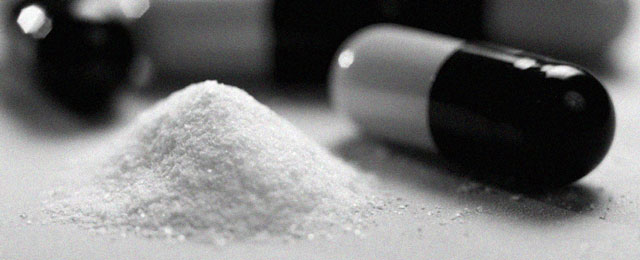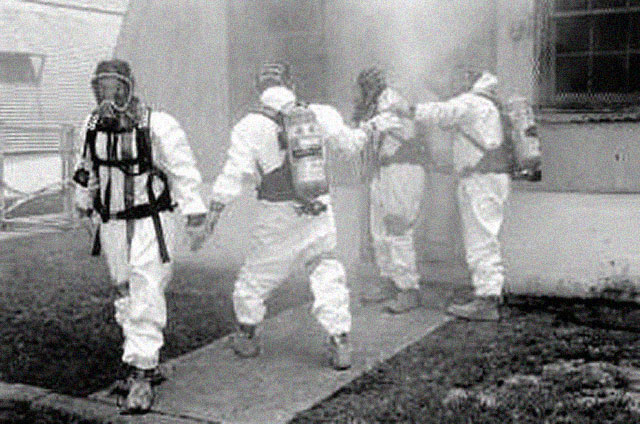Amphetamines, Neurotoxicity and Brain Decay
A clinical study funded by the National Institutes of Health found amphetamines damage brain cells needed for cognitive speed and function. [More]

Methamphetamine and cocaine are often compared to each other, according to a report published by the National Institute on Drug Abuse, because the drugs produce similar mood-altering effects and both have a high potential for abuse and dependence. Overall, these powerful psychostimulants are more alike than they are different.
Here are the similarities and differences found in the government report.
| METHAMPHETAMINE | COCAINE | |
|---|---|---|
| Origins: | Methamphetamine is synthetically made. | Cocaine is plant-derived. |
| Methods of Use: | Methamphetamine is commonly ingested orally. | |
| Both methamphetamine and cocaine are commonly smoked, injected intravenously, or snorted. | ||
| Euphoric Effects: | When smoked or injected intravenously, both methamphetamine and cocaine produce an intense, extremely pleasurable “rush” almost immediately, followed by euphoria, referred to as a “high.” | |
| When snorted, both methamphetamine and cocaine produce no intense rush and take longer to produce a high; orally ingested methamphetamine produces a similar effect. | ||
| Methamphetamine’s high lasts anywhere from 8 to 24 hours, and 50 percent of the drug is removed from the body in 12 hours. | Cocaine’s high lasts anywhere from 20 to 30 minutes, and 50 percent of the drug is removed from the body in 1 hour. | |
| Physical and Mental Effects: |
The immediate effects of both methamphetamine and cocaine can include irritability and anxiety; increased body temperature, heart rate, and blood pressure; and possible death. | |
| Methamphetamine’s and cocaine’s short-term effects also can include increased activity, respiration, and wakefulness, and decreased appetite. | ||
| Effects of chronic abuse of either methamphetamine or cocaine can include dependence and possible stroke. | ||
| Chronic abuse of either methamphetamine or cocaine also can lead to psychotic behavior characterized by paranoia, hallucinations, mood disturbances, and violence. | ||
| Drug-craving, paranoia, and depression can occur in addicted individuals who try to stop using either methamphetamine or cocaine. | ||
Chronic abuse of either methamphetamine or cocaine produces a psychosis that resembles schizophrenia and is characterized by paranoia, picking at the skin, preoccupation with one’s own thoughts, and auditory and visual hallucinations. These psychotic symptoms can persist for months, and even years, after use of these drugs has ceased.
Addiction treatment for methamphetamine and cocaine is similar (psychotherapy and antidepressants) to relieve some of the effects of withdrawal.

Both methamphetamine and cocaine are dangerous and potentially-deadly drugs. The possession, cultivation, and distribution of these psychostimulants is illegal for non-medicinal and non-government sanctioned purposes in virtually all parts of the world.
Methamphetamine is approved by the U.S. Food and Drug Administration (FDA) for the treatment of attention-deficit hyperactivity disorder (ADHD) and exogenous obesity, under the brand name Desoxyn.
A clinical study funded by the National Institutes of Health found amphetamines damage brain cells needed for cognitive speed and function. [More]
Like athletes who use steroids, students who use Adderall to enhance academic performance are in many ways victims. [More]
Although Vyvanse is referred to as “pro-drug” of dextroamphetamine, it's still an amphetamine, meaning that it's easily abused and can cause insomnia, agitation, anxiety and sometimes psychotic symptoms like seeing things or becoming paranoid. [More]
Many think methylphenidate (Ritalin) is safe, or mild, because so many children use it. However, the government classifies the psychoactive drug with cocaine and morphine because it's highly addictive. [More]